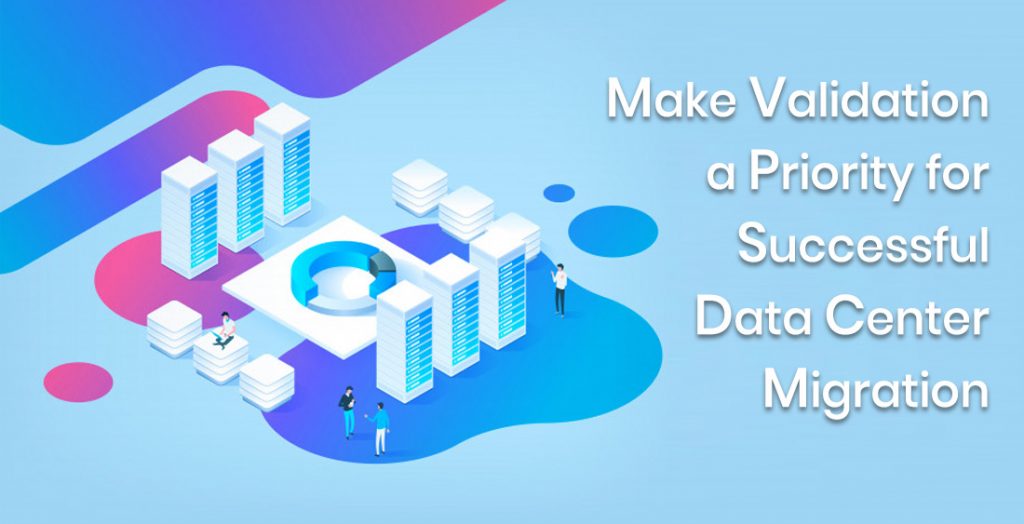
Make Validation a Priority
Make Validation a Priority for Successful Data Center Migration
As our previous blog ‘Effective Planning Eliminates Migration Complexity’ explained, comprehensive planning and discovery are critical to migration success. Validation plays an equally important role – before and after migration execution.
Using automated tools ensures that no applications or servers are omitted from the discovery process, which can have significant cost and business impact. Automation should also be applied to the validation process.
Perform Pre-Migration Validation
The pre-migration stage covers a number of important validation and related change management tasks. Validating the workload is crucial — industry experience indicates that poor data execution impacts almost half of failed migrations. Automating data checks by using scripts to identify missing or corrupted data can speed up this validation stage and eliminate the risk of human error.
After grouping servers into workloads, it’s essential to validate the virtual infrastructure to ensure that the new environment will support the servers. As well as servers, other elements of the changing environment should be validated, including network connections and devices, storage devices and security components and measures.
Equipment cooldown and re-start before migration will ensure that all components of the existing data center are functioning correctly for interoperability and connectivity with the new environment. Equipment that does not recover from cooldown can delay or impact a successful migration.
A Proof of Concept check can add a further level of validation, providing confidence that the new environment can provide the required capacity, scalability, performance and security. A dry run of the servers will also help to confirm suitability. Comprehensive validation will also ensure that the new environment will enable compliance with any industry regulations or service levels that apply to the business.
Involve all Stakeholders
Validation before migration should involve all stakeholders, including IT, security, compliance and business. Everyone involved in the project needs to be aware of the potential impact of migration on day-to-day operations. The migration team also needs to be aware of any recent technical changes or other requirements that could impact success. Reports indicate that failure to involve all stakeholders, particularly business, can lead to wasted effort and rework after migration.
Monitor and Validate Migration
With technical and business approvals in place and change management complete, migration can begin. Special tools such as VTG’s patented ZENfra can perform live monitoring of migration and workloads to check that all processes are completed. These tools can also handle automated electronic validation of the migration to speed up the process and minimize downtime or disruption to users.
After migration, validation checks should ensure that all services and applications are running and meeting or exceeding pre-migration performance levels and any redundant hardware-specific software has been removed. The final check is to conduct application validation in consultation with owners and users. When migration has been approved, any cleanup or device retirements can be completed. Comprehensive validation ensures that all aspects of the migration have been completed successfully and any risk of business outages has been eliminated.
Find Out More
If you would like to know more about our migration services, please check out the articles and infographics on our website.
